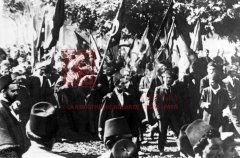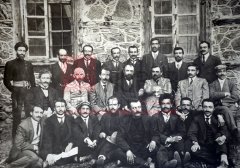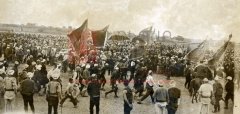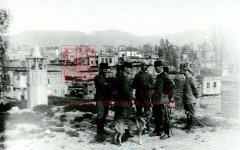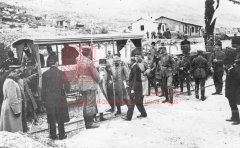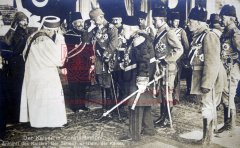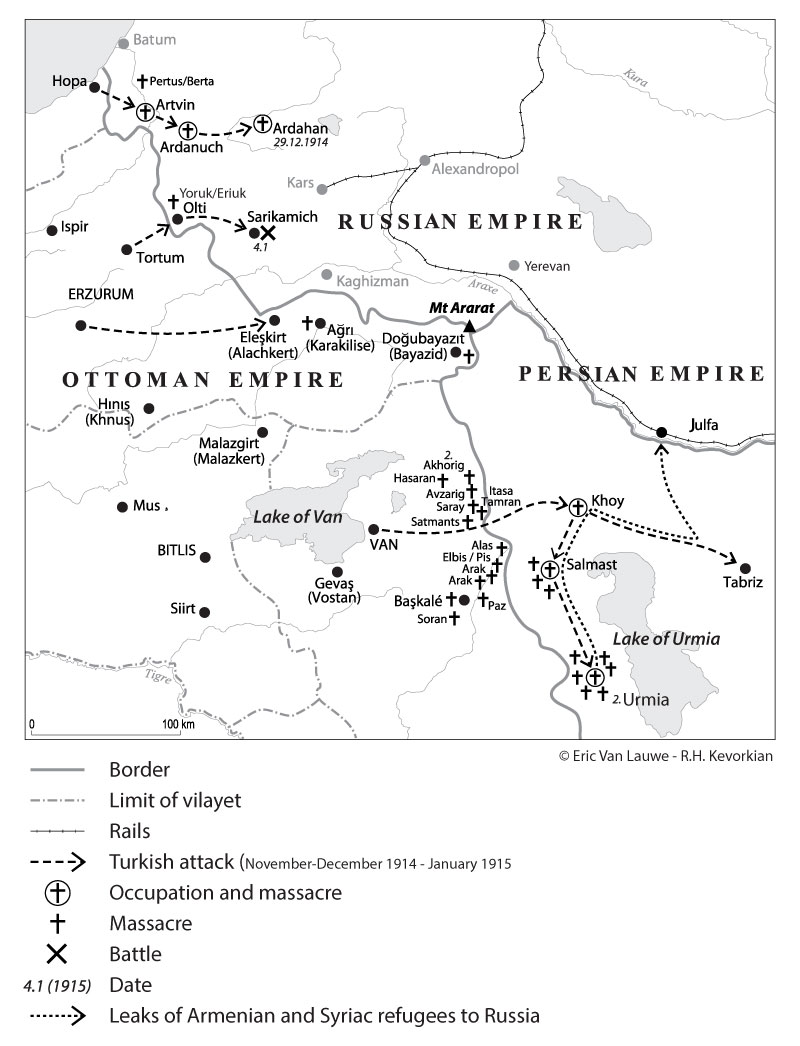| II. The logic of violence |
CUP Ahmed Riza, Mohamed Ali pacha Fadil, etc., membres éminents du comité central jeune-turc au lendemain de la Révolution (coll. Michel Paboudjian). http://localhost:8888/bnulibrary/images/expos_virtuelles/armenie1915/section02/II.1-1_result.jpg Constantinople, août 1908 (coll. Michel Paboudjian). http://localhost:8888/bnulibrary/images/expos_virtuelles/armenie1915/section02/II.1-2_result.jpg Constantinople, 1908, rue de Péra, foule arménienne devant l’entrée de Galatasaray (coll. Michel Paboudjian). http://localhost:8888/bnulibrary/images/expos_virtuelles/armenie1915/section02/II.1-3_result.jpg Constantinople, 1908 : rue de l’église arménienne décorée pour l’ouverture du parlement ottoman (photographie parue dans Le Monde illustré du 26 décembre 1908). http://localhost:8888/bnulibrary/images/expos_virtuelles/armenie1915/section02/II.1-4_result.jpg Constantinople, 17 décembre 1908 : séance inaugurale du Parlement ottoman (coll. Michel Paboudjian). http://localhost:8888/bnulibrary/images/expos_virtuelles/armenie1915/section02/II.1-5_result.jpg
|
The Balkan Wars and Internal Crisis Between the Young Turk Revolution in 1908 and the coup on January 25, 1913, which established a one-party regime, leaving the Committee of Union and Progress to do what it pleased, internal and external crises multiplied and contributed to the radicalization of its leaders. Following the Balkan Wars in 1912 and 1913 and the humiliating defeat of Ottoman forces by allied Balkan nations that led to the loss of almost all the remaining Ottoman territories in Europe, the most radical elements within the CUP took power.
|
hommes politiques arméniens Gabriel Noradounghian (1852-1936), haut-fonctionnaire, ministre des Affaires étrangères de l’Empire ottoman de juillet 1912 à janvier 1913 (coll. Bibliothèque Nubar). http://localhost:8888/bnulibrary/images/expos_virtuelles/armenie1915/section02/II.2-1_result.jpg Krikor Zohrab (1861-1915), photographié en 1913. Député au parlement ottoman, avocat, écrivain, il fut la cheville ouvrière des négociations menées avec les ambassades des grandes puissances en faveur des réformes en Arménie (coll. Bibliothèque Nubar).). http://localhost:8888/bnulibrary/images/expos_virtuelles/armenie1915/section02/II. 2-2_result.jpg Boghos Nubar Pacha (1851-1930), fils de l’ancien premier ministre d’Égypte Nubar Pacha, président de la Délégation nationale arménienne (coll. Bibliothèque Nubar). http://localhost:8888/bnulibrary/images/expos_virtuelles/armenie1915/section02/II.2-3_result.jpg Kévork V Tiflisétsi (1847-1930), catholicos d’Etchmiadzine, l’un des initiateurs du projet de réforme dans les provinces arméniennes ottomanes (coll. Bibliothèque Nubar). http://localhost:8888/bnulibrary/images/expos_virtuelles/armenie1915/section02/II.2-4_result.jpg Zaven Yéghiayan (1868-1947), patriarche des Arméniens de Constantinople de 1913 à 1922 (coll. Bibliothèque Nubar). http://localhost:8888/bnulibrary/images/expos_virtuelles/armenie1915/section02/II.2-5_result.jpg Hampartsoum Boyadjian (1867-1915), député du parti hentchag au Parlement ottoman et à la Chambre arménienne (coll. Bibliothèque Nubar). http://localhost:8888/bnulibrary/images/expos_virtuelles/armenie1915/section02/II.2-6_result.jpg Vartkès (Hovhannès Séringiulian), 1871-1915, député tachnag au Parlement ottoman et à la Chambre arménienne (coll. Bibliothèque Nubar). http://localhost:8888/bnulibrary/images/expos_virtuelles/armenie1915/section02/II.2-9_result.jpg Simon Zavarian, 1865-1913, agronome, membre fondateur de la fédération révolutionnaire arménienne ou parti tachnag (coll. Bibliothèque Nubar). http://localhost:8888/bnulibrary/images/expos_virtuelles/armenie1915/section02/II.2-7_result.jpg
entree en guerre Mobilisation générale, parade des troupes ottomanes, automne 1914 (coll. Pères mekhitaristes de Venise). http://localhost:8888/bnulibrary/images/expos_virtuelles/armenie1915/section02/2_result.jpg Constantinople, 14 novembre 1914 : déclaration du djihad par le cheikh ul-Islam [şeyhülislam], en présence des dirigeants jeunes-turcs (coll. Bibliothèque Nubar) http://localhost:8888/bnulibrary/images/expos_virtuelles/armenie1915/section02/4_result.jpg Manifestation des corporations à Constantinople, le 14 novembre 1914, à l’occasion de l’appel à la guerre sainte (coll. Pères mekhitaristes de Venise). http://localhost:8888/bnulibrary/images/expos_virtuelles/armenie1915/section02/5_result.jpg Erzerum, août 1914 : huitième congrès du parti tachnag, où le CUP tenta en vain d'obtenir l'appui de la FRA contre les Russes (coll. Bibliothèque Nubar). http://localhost:8888/bnulibrary/images/expos_virtuelles/armenie1915/section02/7_result.jpg Manifestation patriotique à l’occasion de l’appel à la guerre sainte (photographie de Victor Forbin, archives du Foreign Office, Kew). http://localhost:8888/bnulibrary/images/expos_virtuelles/armenie1915/section02/6_result.jpg Officiers turcs et allemands sur le front de Palestine. Quelque 18 000 militaires allemands, en majorité des officiers, appuyaient et conseillaient les forces ottomanes sur le front d’Orient (coll. Pères mekhitaristes de Venise). http://localhost:8888/bnulibrary/images/expos_virtuelles/armenie1915/section02/8_result.jpg Le ministre de la Guerre, Enver pacha, sur le chantier du Bagdadbahn à Bozanti en compagnie d’officiers allemands (coll. Bibliothèque Nubar). http://localhost:8888/bnulibrary/images/expos_virtuelles/armenie1915/section02/9_result.jpg Constantinople, 1916 : réception de l’empereur d’Allemagne Guillaume II. De gauche à droite : Enver, le cheikh ul-Islam, Abbas Hilmi Pacha, Talât et le sultan Mehmed V (coll. Michel Paboudjian). http://localhost:8888/bnulibrary/images/expos_virtuelles/armenie1915/section02/10_result.jpg
|
EARLY MASS VIOLENCE ON THE CAUCASIAN FRONT (DECEMBER 1914 TO FEBRUARY 1915)
|
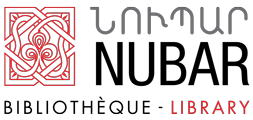
 English (UK)
English (UK)  Français (FR)
Français (FR) 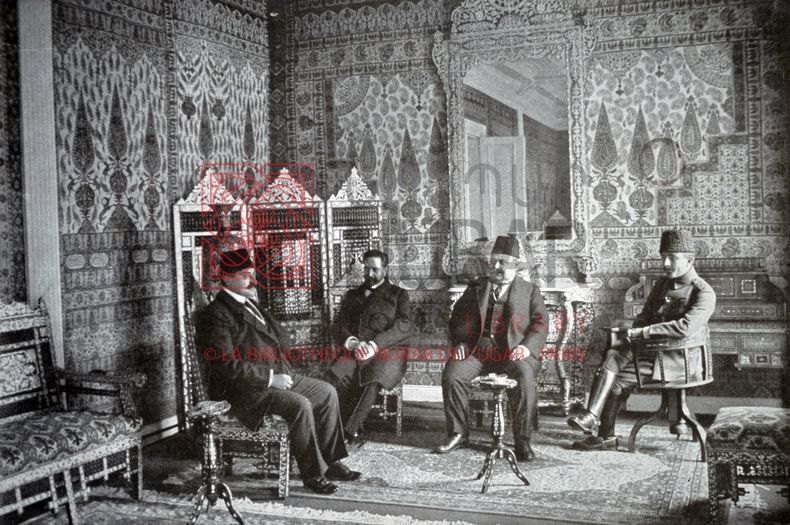
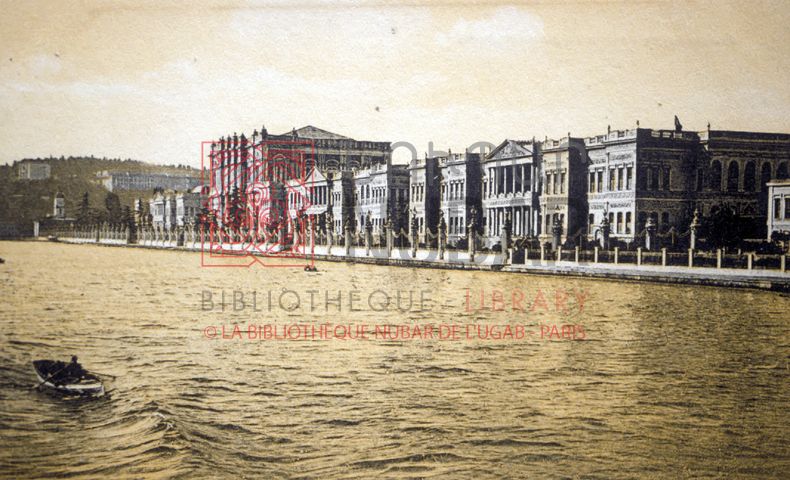
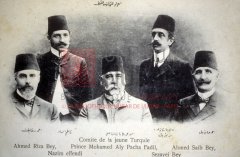

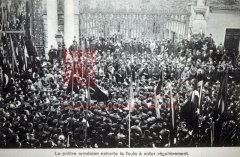
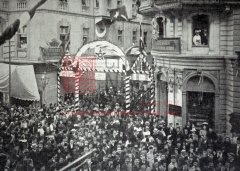
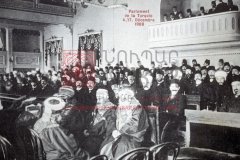
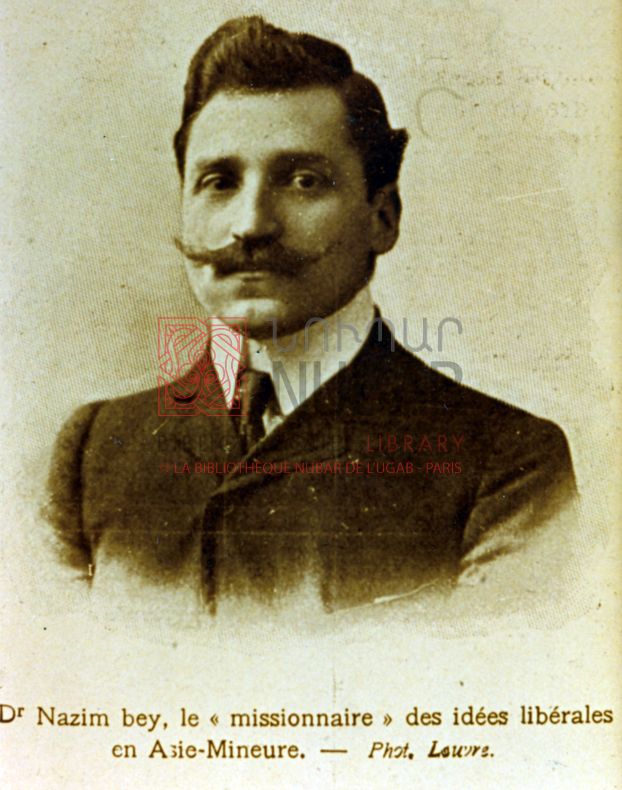
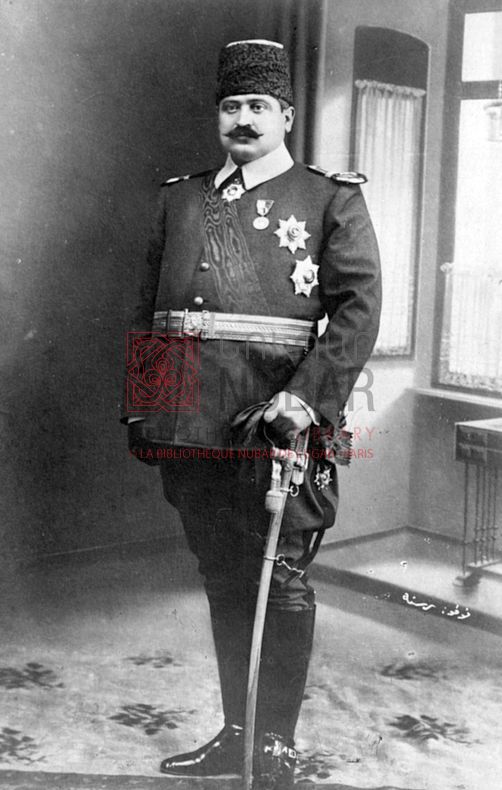
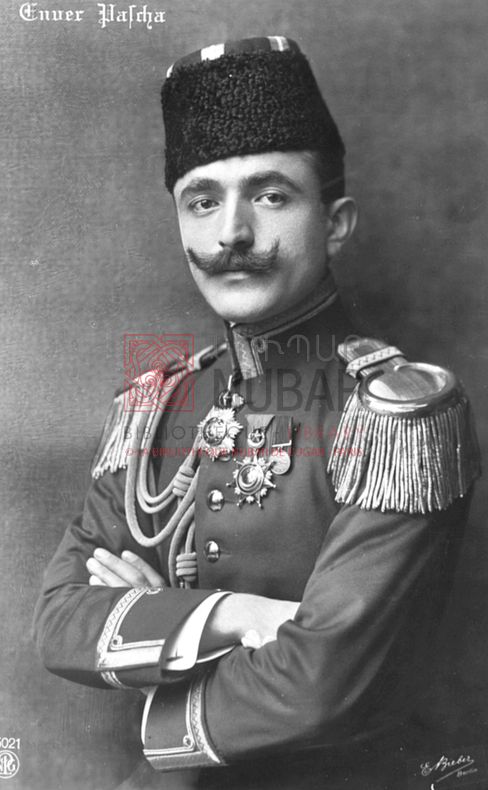
![Ahmed Cemal [Djemal] (1872-1922), membre du comité central unioniste, ministre de la Marine Ahmed Cemal [Djemal] (1872-1922), membre du comité central unioniste, ministre de la Marine](/images/expos_virtuelles/armenie1915/section02/II.1-11_result.jpg)
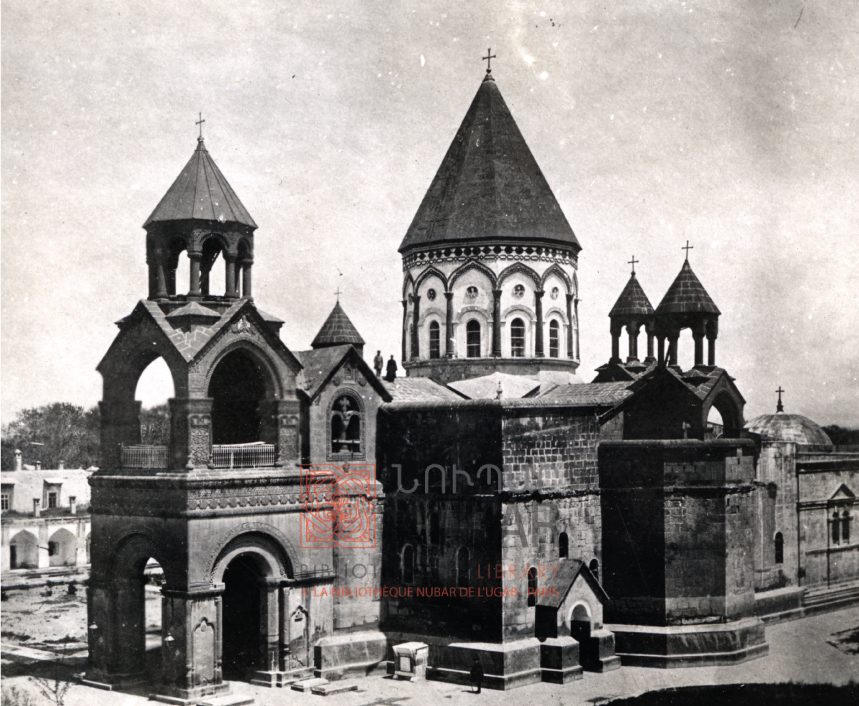
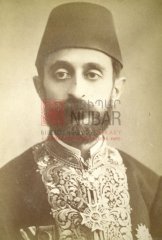
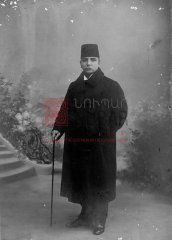
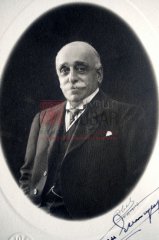
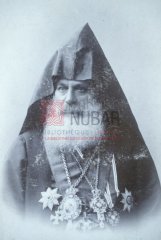
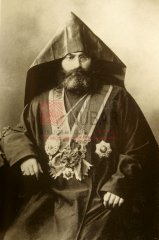
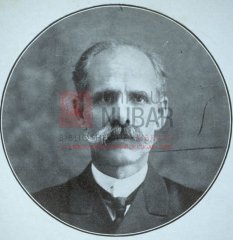
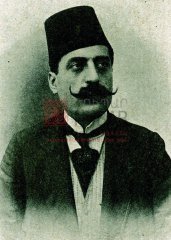
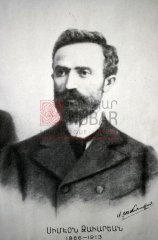
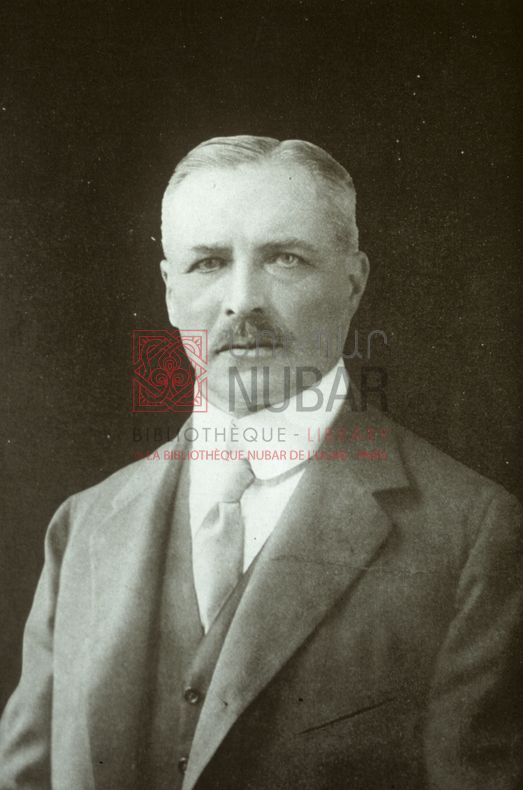
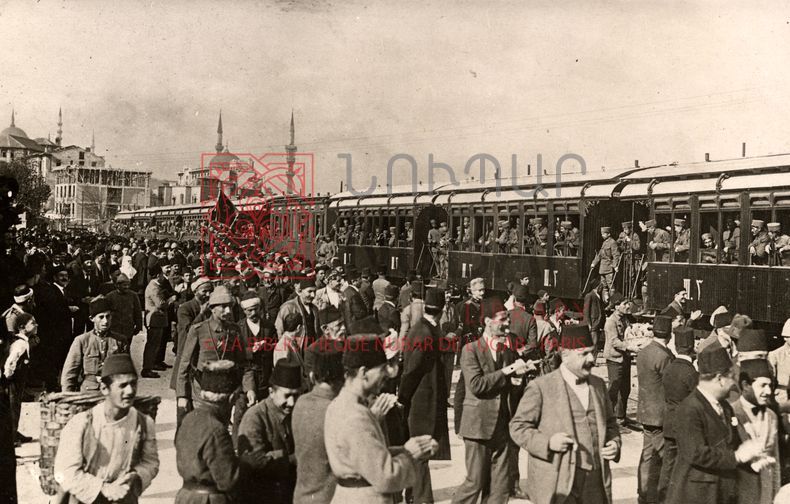
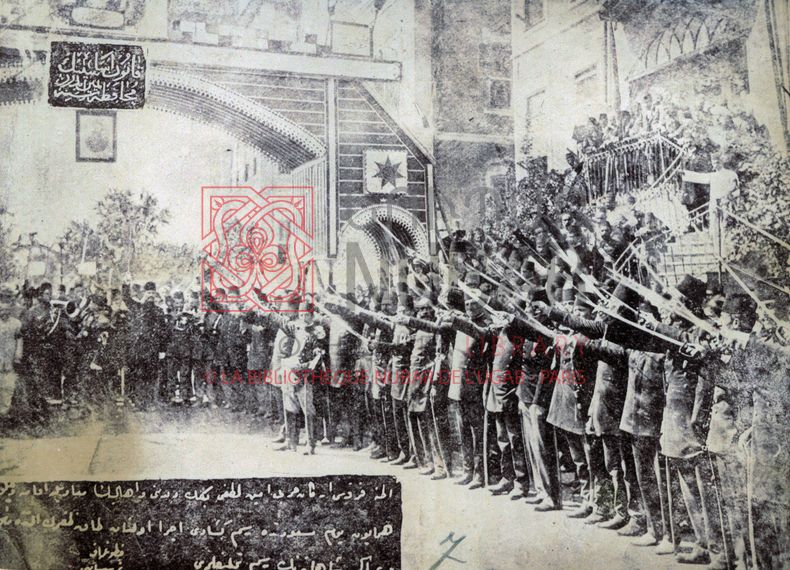
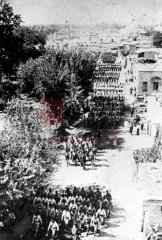
![Constantinople, 14 novembre 1914 : déclaration du djihad par le cheikh ul-Islam [şeyhülislam], en présence des dirigeants jeunes-turcs (coll. Bibliothèque Nubar) Constantinople, 14 novembre 1914 : déclaration du djihad par le cheikh ul-Islam [şeyhülislam], en présence des dirigeants jeunes-turcs (coll. Bibliothèque Nubar)](http://bnulibrary.org/images/jsn_is_thumbs/images/expos_virtuelles/armenie1915/section02/4_result.jpg)
